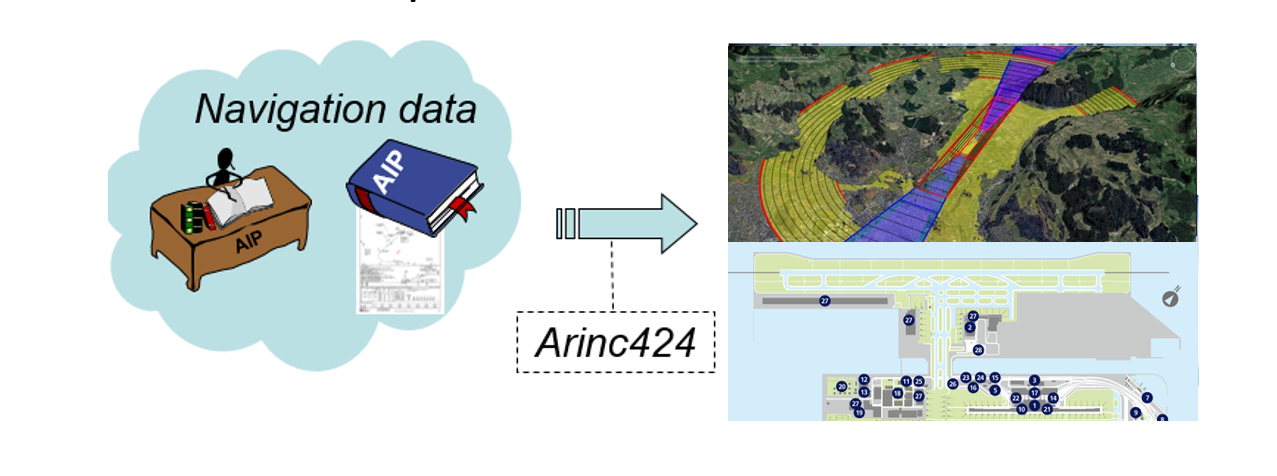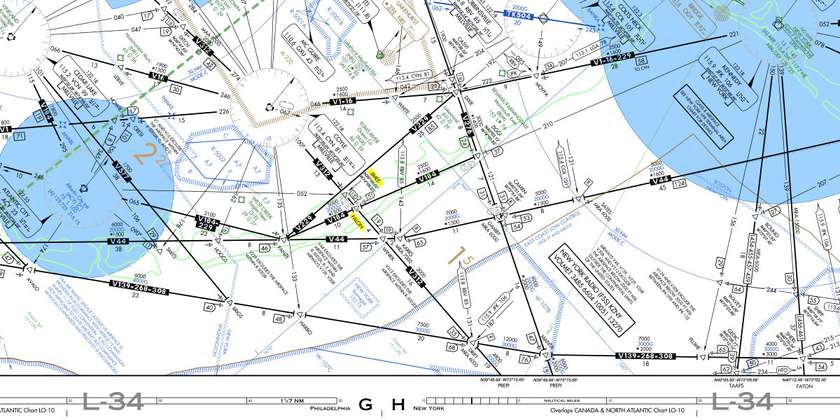AIXM & ARINC 424 powered Aeronautical Modules
AIXM and ARINC 424 powered Aeronautical Modules The Challenge Reliance on static PDF and HTML formats for aeronautical information pose significant challenge, particularly in the absence of digital aeronautical data. This limitation hampers the creation of AIXM & ARINC 424 powered Aeronautical Modules, affecting real-time updates and interactivity. Such static formats do not provide the necessary dynamic information crucial for efficient flight planning and navigation, posing challenges for aviation professionals who require timely data for safety and decision-making. The consequence of this reliance on previous formats extends to a hindrance in the integration of digital aeronautical data with modern flight operational systems. This limitation stifles the progress of aviation technology, preventing it from creation of digitalized Aeronautical modules such as eTOD, AMDB, eCharting etc, aligning with global standards like AIXM and ARINC 424. To overcome these challenges and enhance operational effectiveness, there is a need to transition towards comprehensive digital aeronautical data formats. This shift ensures accuracy, timeliness, and the seamless integration of critical information, bringing the nation’s aviation industry in line with global technological standards. Our Role Cognitive Navigation’s Aeronautical Expertise played a crucial role in transforming India’s aeronautical information system. Recognizing the limitations of static PDF and HTML formats, we initiated a comprehensive solution. Firstly, we extracted and converted the existing static aeronautical data into dynamic digital formats, adopting the AIXM standard—a globally recognized model for aeronautical information exchange. This transition enabled real-time updates, providing Aviation professional stakeholders with accurate and timely information crucial for flight planning and safety. In parallel, Cognitive’s GIS Specialists spearheaded the development of advanced digital aeronautical maps. These maps offered improved readability and interactivity, addressing the challenges posed by static formats. By integrating cutting-edge technology and adhering to regulatory and industrial standards, Cognitive Navigation ensured that the digital maps met the highest industry benchmarks. Furthermore, it contributed to the creation of electronic Terrain and Obstacle Databases (eTOD) and Aeronautical Mapping Databases (AMDB), aligning with regulatory guidelines. This holistic approach not only modernized India’s aeronautical data presentation but also facilitated seamless integration into the global aviation ecosystem. The expertise provided by Cognitive Navigation significantly enhanced the efficiency, accuracy, and safety of India’s flight planning and navigation processes, marking a transformative milestone in the country’s aeronautical information management. Our Expertise Aeronautical Data Analysis Information gathering and sourcing Aeronautical Information Management (AIM) Geographic Information System (GIS) service Aeronautical Information Service (AIS) Process development Root Cause Analysis Research and Development


